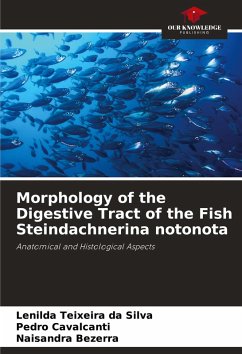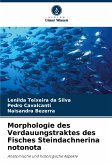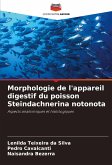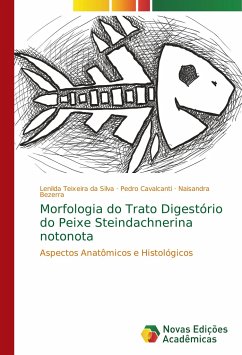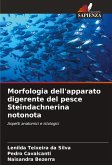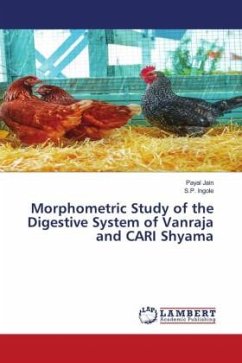Detritivory is common in freshwater fish, especially in the Neotropical region, as is the case with the species Steindachnerina notonota, which is ecologically important as a link in the food chain, serving as food for carnivorous fish and acting in the purification of aquatic ecosystems subject to organic pollution. The aim of this study is to analyze the morphological adaptations of the digestive tract of this endemic species of the caatinga, a region in the Brazilian semi-arid region. The anatomical and histological aspects of the digestive tract of S. notonota are related to its specialized detritivore-iliophagous feeding habit.
Bitte wählen Sie Ihr Anliegen aus.
Rechnungen
Retourenschein anfordern
Bestellstatus
Storno

